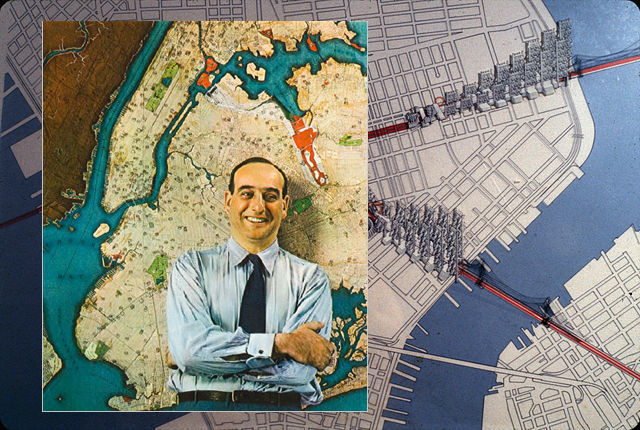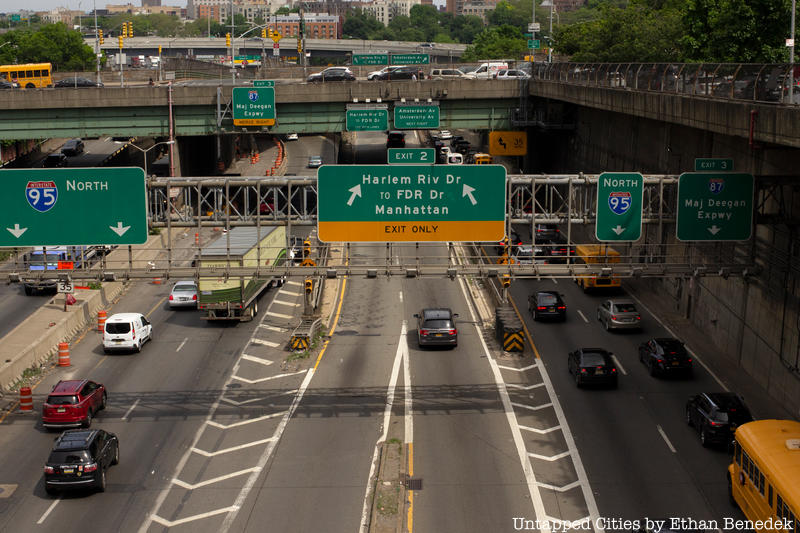
Robert Moses was one of the most influential and controversial figures in the history of New York City’s growth and decay. In his day, Moses was an urban planner associated with many of the capital projects we still see today throughout the five boroughs. However, his legacy is checkered due to biased policies and negative criticism, despite the fact that he helped take the city out of the Great Depression. Here are five things we can blame on Robert Moses and how they reflected his flawed politics.
1. The Cross Bronx Expressway

The “Cross Bronx,” as it is known colloquially, was the brainchild of Robert Moses. But historically it has been blamed for bisecting the Bronx roughly in half causing a migration of middle and upper class residents to the north and leaving the south portion to become an underserved slum of low-income residents. It displaced as many as 5,000 families when an alternate proposed route along Crotona Park would have only affected 1-2% of that amount. Robert Moses is accused of favoring “car culture” placing an importance on building highways instead of subways in order to grow the city. This can be seen as a segregationist ideology since it ignores the needs of the large population in NYC that can not afford a car.
Also the construction of large highways like the CBE shelved greater NYC Transit projects including the Second Avenue Subway. Not only did it have these ill effects, but to this day the expressway remains a headache for commuters with stacked and entangled roadways such as the Highbridge and Bruckner Interchanges. This MIT report has a few more examples of Moses’ failures associated with the CBE as well as a few more of his projects Massachusetts that were shelved after his reputation plummeted in 1968.





